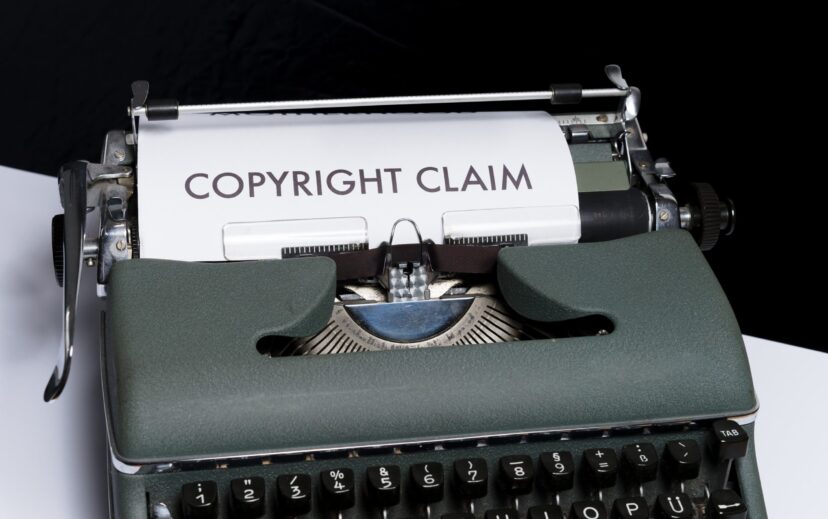Fair use has been making headlines lately, as the Supreme Court hears Andy Warhol Foundation for the Visual Arts, Inc. v. Goldsmith, a case considering whether Andy Warhol infringed, or made fair use of, a photographic reference when he created one of his iconic silk-screen portraits. If you’ve ever wondered how some search engines can display thumbnails of copyrighted images and excerpts of recently published books and articles, the answer usually lies in the fair use doctrine. Fair use allows anyone, under certain circumstances, to use copyrighted materials without obtaining permission from the copyright holder.
What is Fair Use?
The fair use doctrine, codified in Section 107 of the Copyright Act, allows individuals to use someone else’s copyrighted work for specific purposes including criticism, comment, news reporting, teaching, scholarship, or research. In other words, fair use is a defense to copyright infringement, and the burden is on the secondary user of the copyrighted material to show that their use of the underlying copyrighted work is fair.
However, determining what constitutes a fair use can be a bit tricky, as there is a grey area between what is considered fair use and what is considered copyright infringement. Courts will use a four-factor balancing test prescribed under the Copyright Act to determine whether the work is infringing, and no single factor is determinative.
Section 107 sets forth four factors to consider when determining fair use include:
- the purpose and character of the use, including whether such use is of a commercial nature or is for nonprofit educational purposes;
- the nature of the copyrighted work;
- the amount and substantiality of the portion used in relation to the copyrighted work as a whole, and;
- the effect of the use upon the potential market for or value of the copyrighted work.
Factor 1 – Purpose and character of the use
The purpose and character of the use, including whether the use is commercial, is the first factor to consider when determining whether the use of a copyrighted work is fair. However, whether the use is for profit does not automatically render the use infringing. Rather, the purpose and character factor more predominantly focuses on how transformative the use is, meaning how much the new work adds “new expression, meaning, or message” to the original work. The use becomes more transformative as you add something original or change the old work, or use the work for a different purpose.
Factor 2 – Nature of the copyrighted work
The nature of the copyrighted work is the second step of determining whether your use is a fair use. The more creative and original the first work is, the more protection it receives under copyright law. Therefore, the use of material from a work that is more factually based is more likely to weigh in favor of a finding of fair use, whereas the use of material from a creative fictional work, such as a song or a novel, might lean more towards a finding of infringement.
Factor 3 – Amount and substantiality of the portion used
The amount and substantiality of the original work used in the new work is the third factor to consider. Your new work can only use what is reasonably needed from the original work. Whether the amount taken is justifiable tends to depend on what kind of work your new work is. Additionally, using the most important part, or the “heart,” of the original work will likely weigh against finding fair use.
Factor 4 – Effect on the potential market
The last factor concentrates on the current and potential market for the original work. If audiences prefer your new work over the original, then it is okay if your new work harms the current market for the original work. However, your work cannot simply be a replacement for the original work. If your use is highly creative and transformative, then it is less likely that it will usurp the market for the original. Harm to the potential market may be found if your use could cause fewer creators to seek a derivative license for the original.
Conclusion
It is important to note that none of the four factors is determinative in the fair use analysis. Rather, a court will engage in a careful balancing of all four factors, and the balancing is highly fact sensitive and fair use is determined on a case-by-case basis. There are no bright line rules. Generally speaking, the more creative and transformative the new use, the more likely it is that the use is fair. Still, given the complicated nature of a fair use analysis, consulting a lawyer or seeking a license can help you avoid costly litigation.






